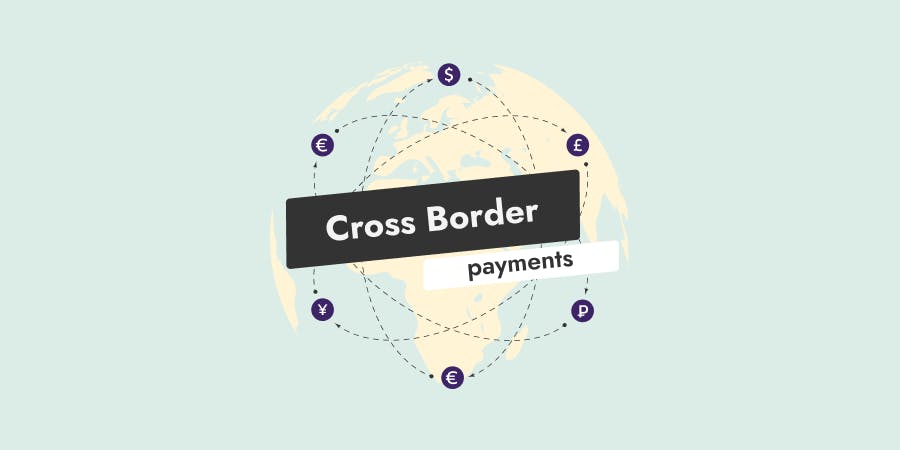How to Overcome the Challenges of Cross-Border Payments
The world has become a small village, creating the need for constant interaction among people and businesses. Within this fast-paced context, cross-border payments cannot be neglected because they are at the center of economic activities and financial inclusion.
In Africa, significant challenges faced in cross-border payments include the high cost of transactions, lengthy payment processes and differences in financial regulations.
This article seeks to shed light on the challenges faced by individuals or businesses and propose quick solutions for cross-border payments.
Challenges of cross-border payments
- High costs
Banks are at the center of financial transactions and charge fees for all, whether internal or external. Inasmuch as the transaction fee may vary across banking institutions, clients look forward to less costly transactions depending on the amount of money being sent.
It is worth noting that financial institutions charge higher fees for cross-border payments, especially for currency pairs with lower volumes of payment like the XAF or Naira.
Consequently, it will be costlier for a Cameroonian or Nigerian to send money to the US than for someone in the US to send money to any African country. - Differences in Financial Regulations
Each country’s finance system is governed by regulations to prevent money laundering and transactions that finance acts of terrorism. Hence, most customers-to-business (C2B) or business-to-business (B2B) transactions require the sender to comply with international finance regulations.
For instance, financial institutions must report international transfers exceeding $10,000. - Lengthy transaction processes
Cross-border payments generally take longer to process from sending to recipient countries. While this is important in safeguarding the funds for both the sender and receiver, it is evident that it is inconvenient for both parties.
However, the time needed to close a transaction depends on the payment methods used. For most banks, recipients must wait more than 24 hours before receiving their cash.
Individuals engaged in business transactions may end up frustrated and unable to enter in possession of their money within a given time frame. - Exchange rates
Lengthy transaction processes could sometimes be beneficial and disadvantageous because of exchange rates.
Cross-border payments require an exchange of currencies for countries that do not use the same currencies. Therefore, exchange rates are affected by differences in currency values. For businesses, exchange rate fluctuations may make cash flow estimates inaccurate.
Quick solutions to challenges of cross-border payments
- Direct national retail payment systems
Direct national retail payment systems are money transfer agencies like Western Union through which cross-border payments are made, and recipients withdraw their cash instantly.
The systems may be less sophisticated but they offer secure and seamless services. - Domestic accounts
Customer-to-business and business-to-business transactions can use domestic acquiring. This implies using a bank in the same country as your customer. At this point, the transaction is registered as a domestic transaction.
Moreover, you could also affiliate to banks with international bank account numbers (IBAN). As such, from any part of the world, you can make a withdrawal. - Cryptocurrency platforms
Also, payment solutions through cryptocurrencies have recently gained popularity, and many users find the process convenient and seamless.
Such solutions are especially useful in Africa, where most of the population is either underbanked or unbanked.
Using cryptocurrency platforms to make cross-border payments are not only time-saving, but they also are more secure and offer services at moderate rates compared to banks and other financial institutions.
Yellow Pay for all cross-border payments
Yellow Pay is a payment solution that uses Yellow Card’s crypto exchange platform to complete customer transactions in USDT. Yellow Pay isn't a foreign currency exchange service, unlike other financial platforms. It is rather an advanced crypto exchange product. Yellow Pay simplifies cross-border payments between African countries, permitting them to make and receive payments using their local currencies.
Benefits of Yellow Pay
Using Yellow pay comes with three significant benefits:
- The service is powered by blockchain technology, making it cheaper;
- Transactions are instant, so there’s no waiting period;
- The uses are endless and include sending money for business, school, healthcare, and even gifting cash to friends and family across Africa.
Conclusion
New financial technologies are improving cross-border payments, making them faster, cheaper, seamless and more transparent. The rapid and constant evolution of fintech is beneficial for economic growth and financial inclusion.
Disclaimer: This article is meant to provide general guidance and understanding of cryptocurrency and the Blockchain network. It’s not an exhaustive list and should not be taken as financial advice. Yellow Card Academy is not responsible for your investment decisions.


Crypto scoop
Sign up for our weekly newsletter
Stay informed with the latest updates to buy, sell, and store your crypto on the go.

Download the Yellow Card app
Start trading crypto with ease
Get the Yellow Card app to buy, sell, and store your crypto on the go.


